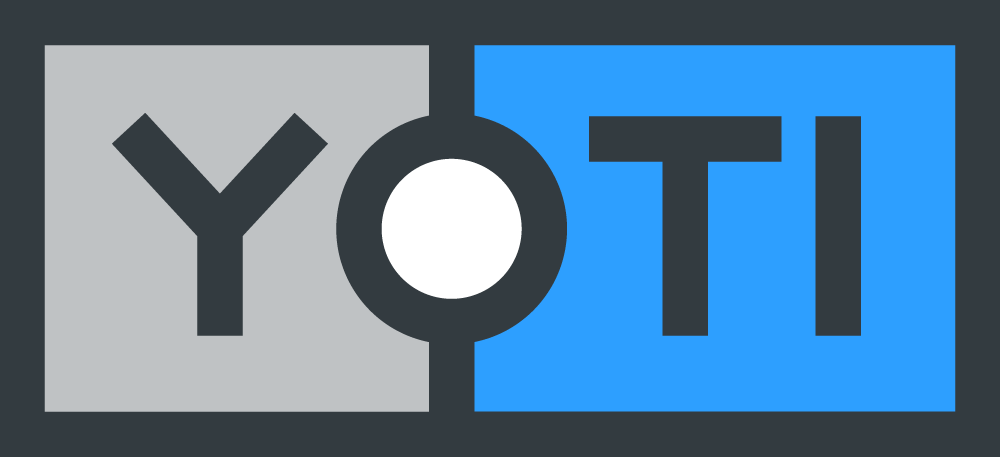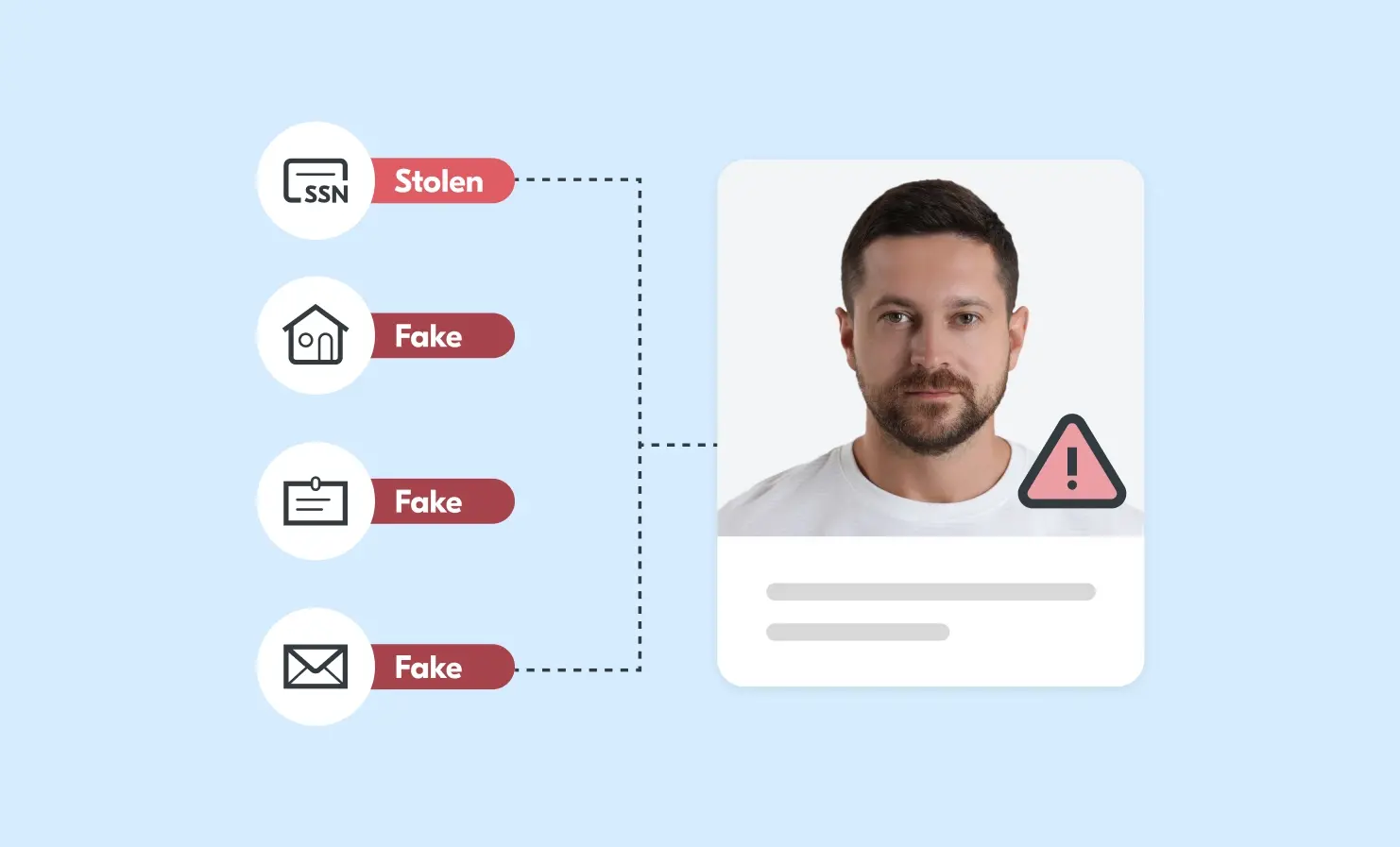
In today’s world, the financial services industry needs to be protected now more than ever. It’s critical to the growth of the UK economy but is constantly under attack from online actors on the hunt for money.
With cyber security risks increasing, we’ve been working hard to build solutions that offer as much security as possible to such an important industry, and protection from these growing threats. The need for financial institutions to have customised systems is greater than ever due to the sophisticated nature of frequent cyberattacks. As these bad actors become more sophisticated with their approaches, we’ve had to make sure that our tech matches them.
As financial institutions are beginning to make bold changes to adapt to a new generation’s demands, it’s only right that our identity verification technology feels smarter as well – an instant, accessible, well-sharpened weapon to bring to the fight against fraud.
We can help automate your KYC and AML checks
KYC (Know Your Customer) guidance in financial services asks companies to ensure they’re able to verify the identity of those they’re going into business with, as well as assessing any risks involved within the relationship.
Our all-in-one KYC and AML platform is the faster way to verify customers and launch risk-based fraud mechanisms that won’t impact the user experience.
Using our KYC processes and our AI-powered solution that boasts a 97% completion rate, you’ll be able to reduce regulatory costs. We know that sometimes a human touch is reassuring though, so we’ll also provide you with the added comfort of human fallback to ensure that all bases are covered and that you don’t miss out on those genuine customers.
We don’t want outdated systems to hold you back. Instead, we provide all the confidence you need during the onboarding process by screening customer information against our award-winning AML data.
We connect to thousands of global sanctions and watchlists, PEPs and adverse media in real-time, allowing you to detect risk and react quickly.
Using our flexible platform, you will also be armed with the ability to be across anti-money laundering and accurately detect any risks according to your risk profile. You can monitor the ongoing process by receiving real-time alerts to changes in risk status and ensure your compliance team always stays a step ahead.
Doing things your way
We seamlessly bring together both the customer and KYC experience in the space of minutes. Equipped with live user feedback, customers can prove their identity in one go, receiving verification just minutes later.
The verification process is yours to tailor. Our suite of services support what you need, whether its ID document authentication or anti-impersonation checks.
When we take things offline
Our unique partnership with Post Office offers world-leading online and in-branch verification solutions. Together, we’ve set our sights on providing businesses across the UK with secure solutions that tackle identity fraud as well as giving people a safer way to prove their identity.
We always strive to build tech that’s inclusive, making our solutions accessible and available to everyone, regardless of their ability to access online services themselves. And that’s what lies at the heart of this partnership with Post Office – the shared core belief that everyone should have the right to prove their identity.
No-code portal = no problem.
We know that IT resource is always at a premium so we’ve put systems in place to ensure your customers get where they need to be. Our no-code portal allows you to get started quickly and offer a smoother user journey, likely to increase conversion. No integration is needed – your customers can be sent a link and complete verification in one go. You can get set up within 24 hours and start sending identity checks.
You can find out more about our solutions here



